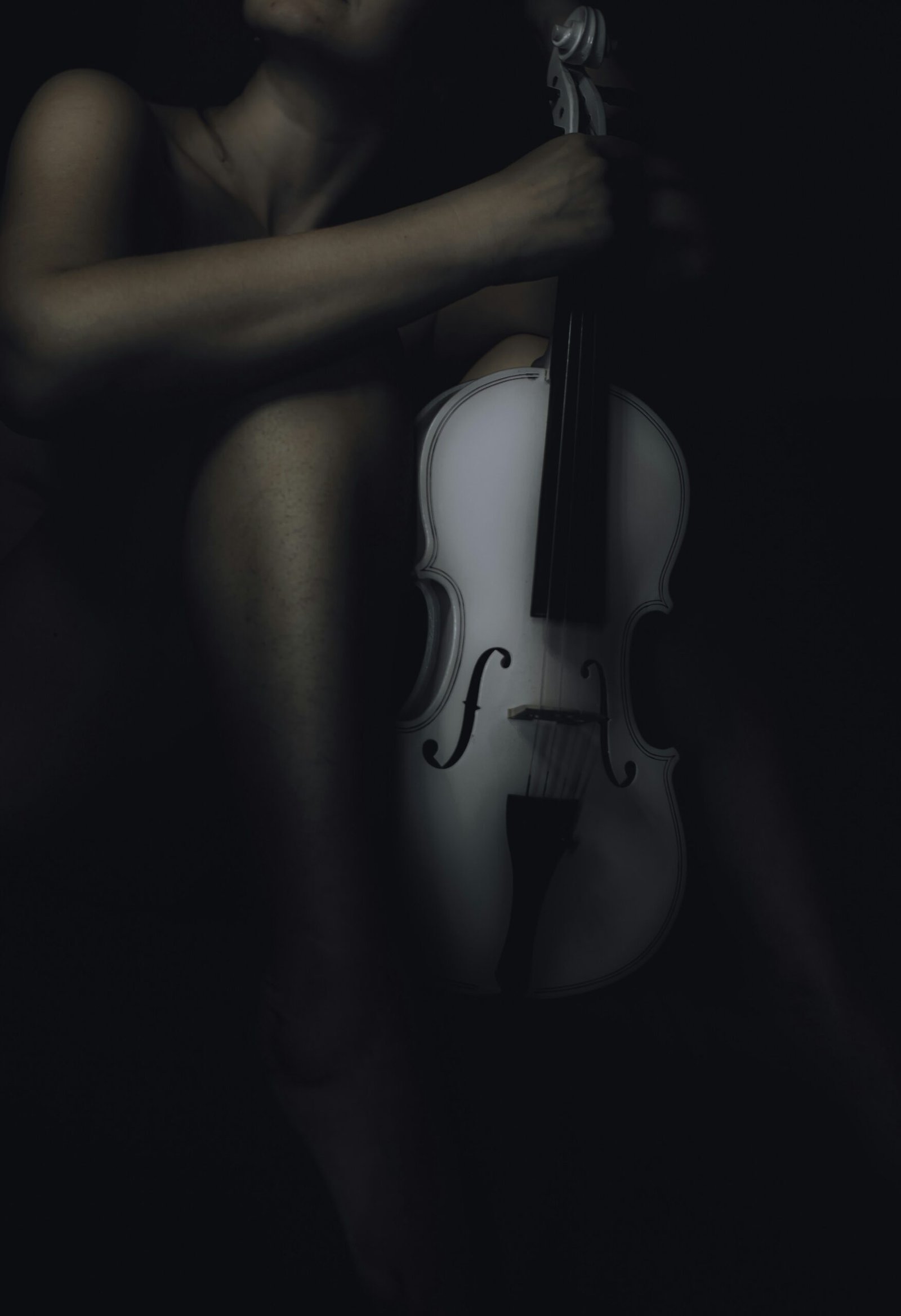Erotic Art and Censorship: Exploring the Tension between Artistic Expression and Societal Taboos
Art has always been a reflection of society, pushing boundaries and challenging norms. Throughout history, erotic art has been a subject of controversy and censorship, as it delves into the realm of human sexuality, a topic often considered taboo. This article aims to examine the history of censorship and controversy surrounding erotic art, highlighting the ongoing tension between artistic expression and societal taboos.
The Historical Context of Erotic Art
Erotic art has a long and rich history, dating back to ancient civilizations such as the Greeks and Romans, who celebrated the beauty of the human form through sculptures and paintings. These artworks often depicted nudity and sexual themes, serving as a testament to the human experience and the exploration of desire.
However, as societies evolved and became more conservative, the acceptance of erotic art declined. The rise of religious institutions played a significant role in shaping societal attitudes towards sexuality, deeming it sinful and immoral. This marked the beginning of a long and complex history of censorship and controversy surrounding erotic art.
The Censorship of Erotic Art
Throughout the centuries, various forms of censorship have been imposed on erotic art. In some cases, artworks were destroyed or hidden away, deemed too explicit or offensive for public consumption. Artists who dared to explore erotic themes often faced persecution and condemnation.
During the Victorian era, for example, a period characterized by strict moral codes and societal repression, erotic art was heavily censored. Paintings and sculptures depicting nudity or sexual acts were considered obscene and were banned from public display. This era saw the rise of fig leaves and strategically placed drapery in artworks, as artists sought to comply with the prevailing moral standards.
In more recent times, with the advent of photography and the internet, the accessibility of erotic material has increased exponentially. This has led to renewed debates surrounding censorship and the boundaries of artistic expression. While some argue for the protection of children and the preservation of societal values, others advocate for the freedom of artistic expression and the celebration of human sexuality.
The Tension between Artistic Expression and Societal Taboos
The tension between artistic expression and societal taboos is at the heart of the controversy surrounding erotic art. On one hand, artists argue that their work is a form of self-expression and a reflection of the human experience. They believe that art should be free from censorship and that society should embrace the diversity of human sexuality.
On the other hand, those who advocate for censorship argue that certain forms of art can be harmful or offensive. They believe that society has a responsibility to protect its citizens, particularly children, from explicit or pornographic material. They argue that by censoring erotic art, they are upholding moral standards and preserving societal values.
However, it is important to recognize that the line between art and pornography can be subjective and varies across cultures and individuals. What one person may perceive as art, another may view as obscene. This subjectivity further complicates the issue of censorship and highlights the need for open dialogue and understanding.
The Future of Erotic Art and Censorship
As society continues to evolve and attitudes towards sexuality become more diverse, the future of erotic art and censorship remains uncertain. The rise of social media platforms and the democratization of art have provided artists with new avenues for self-expression, but they have also exposed them to heightened scrutiny and potential censorship.
It is crucial that we engage in thoughtful conversations about the role of art in society and the boundaries of artistic expression. By fostering an environment of open-mindedness and tolerance, we can navigate the complex terrain of erotic art and censorship, allowing for a more inclusive and nuanced understanding of human sexuality.
In conclusion, the history of censorship and controversy surrounding erotic art reveals the ongoing tension between artistic expression and societal taboos. While the censorship of erotic art has been prevalent throughout history, the future remains uncertain. By engaging in open dialogue and fostering understanding, we can navigate this complex terrain and embrace the diversity of human sexuality.

